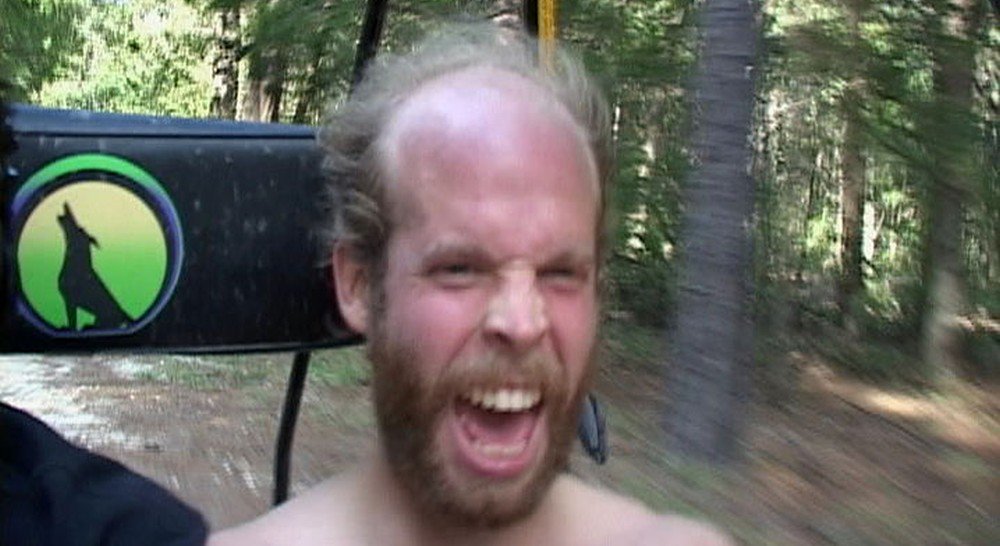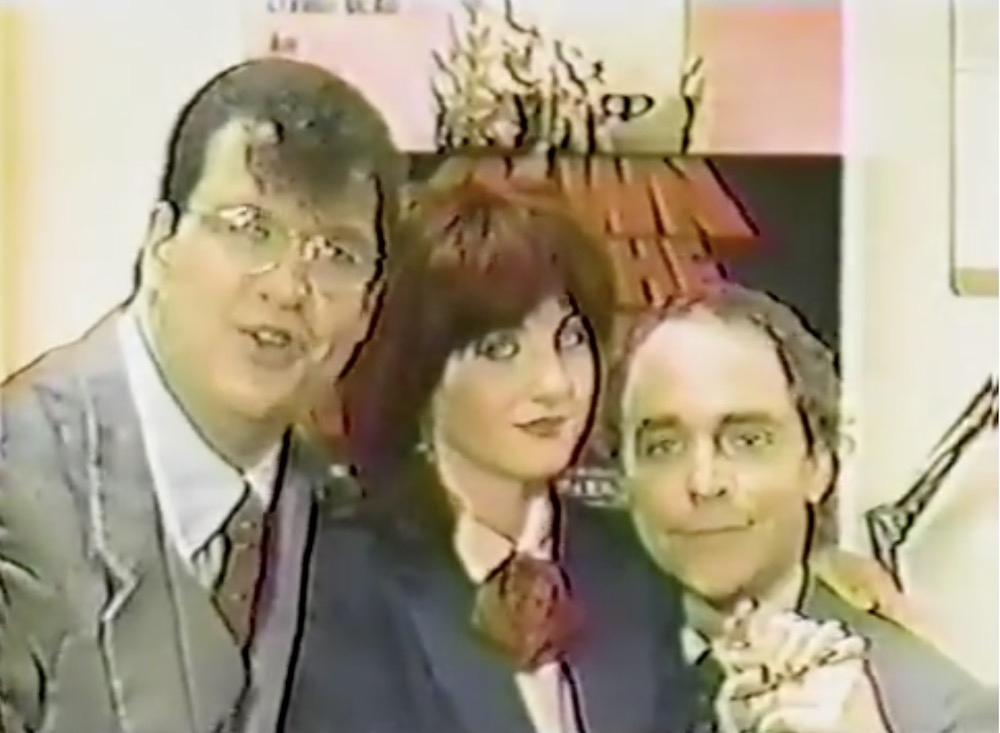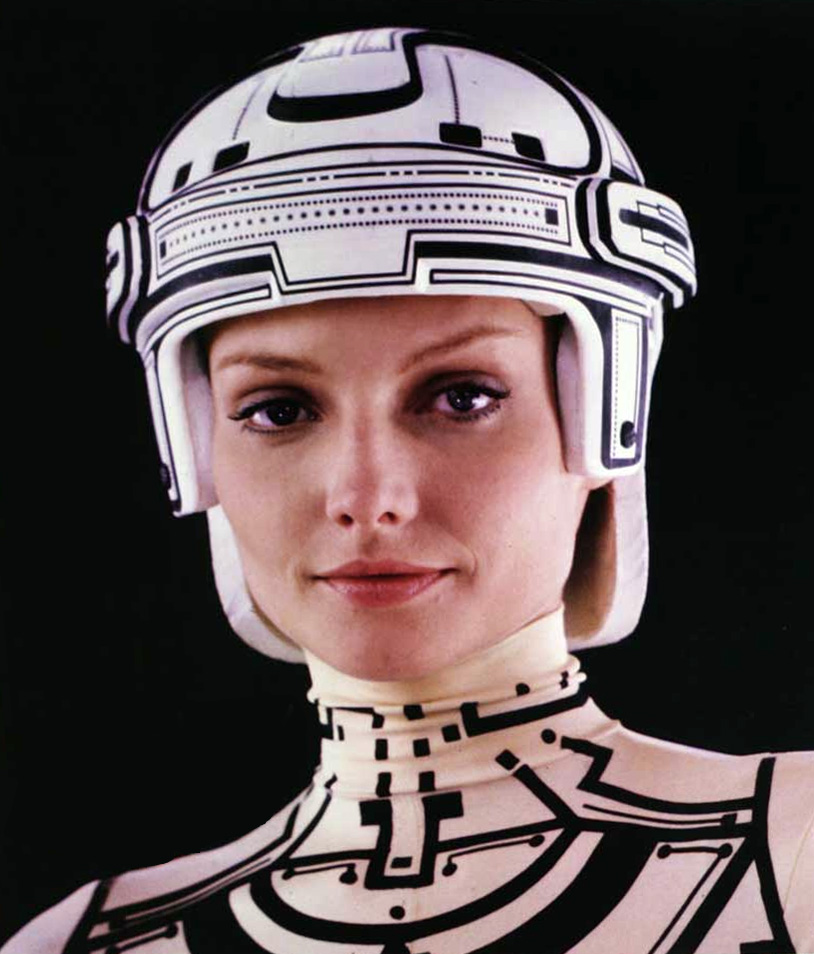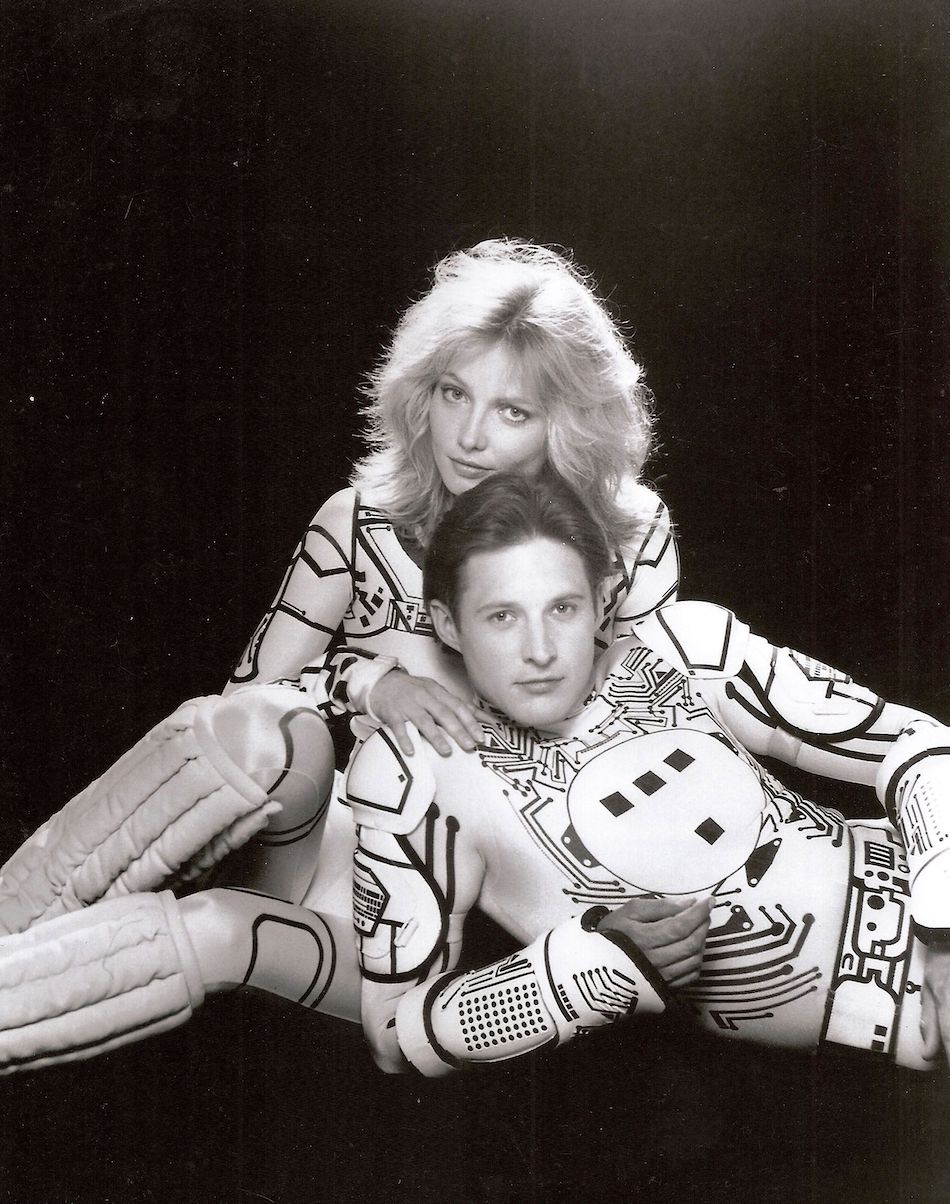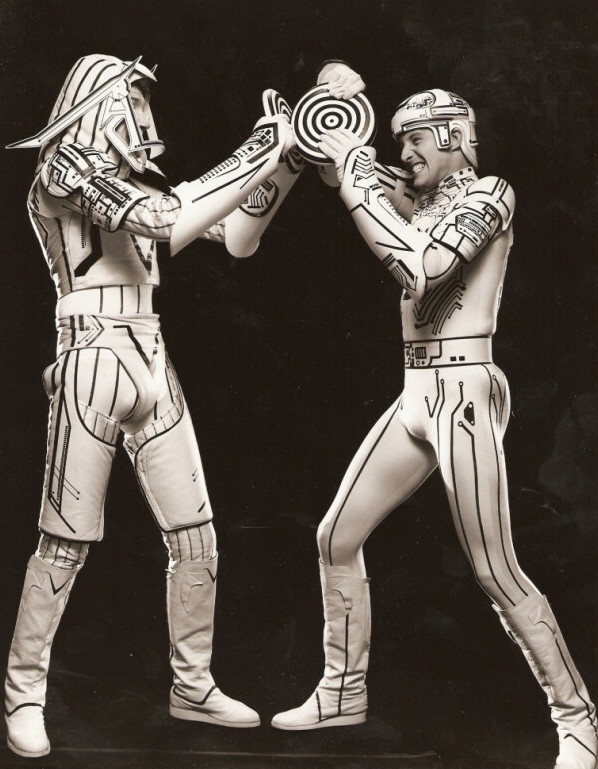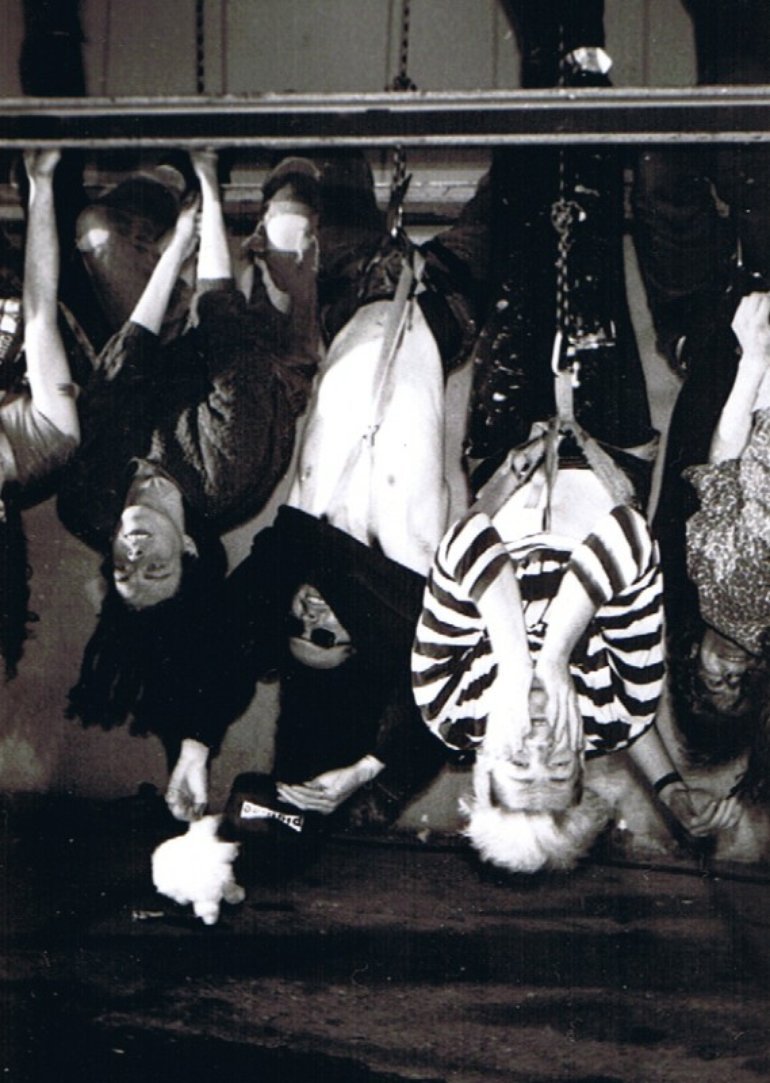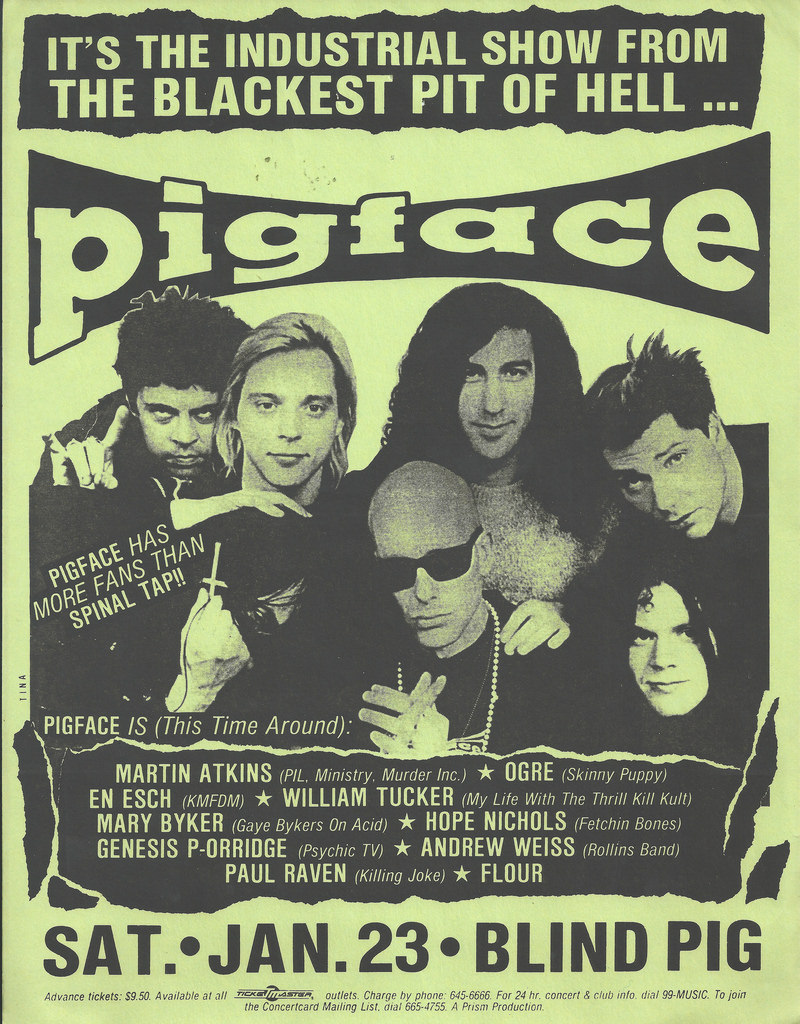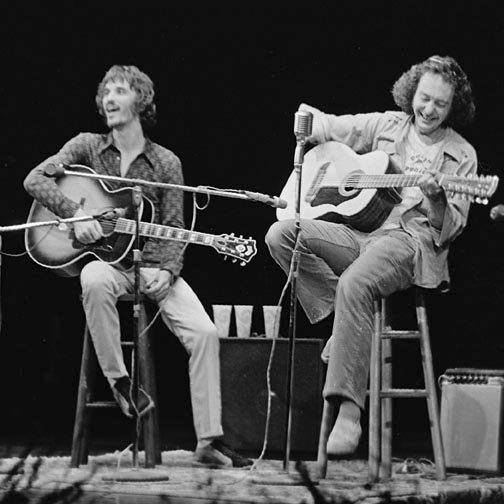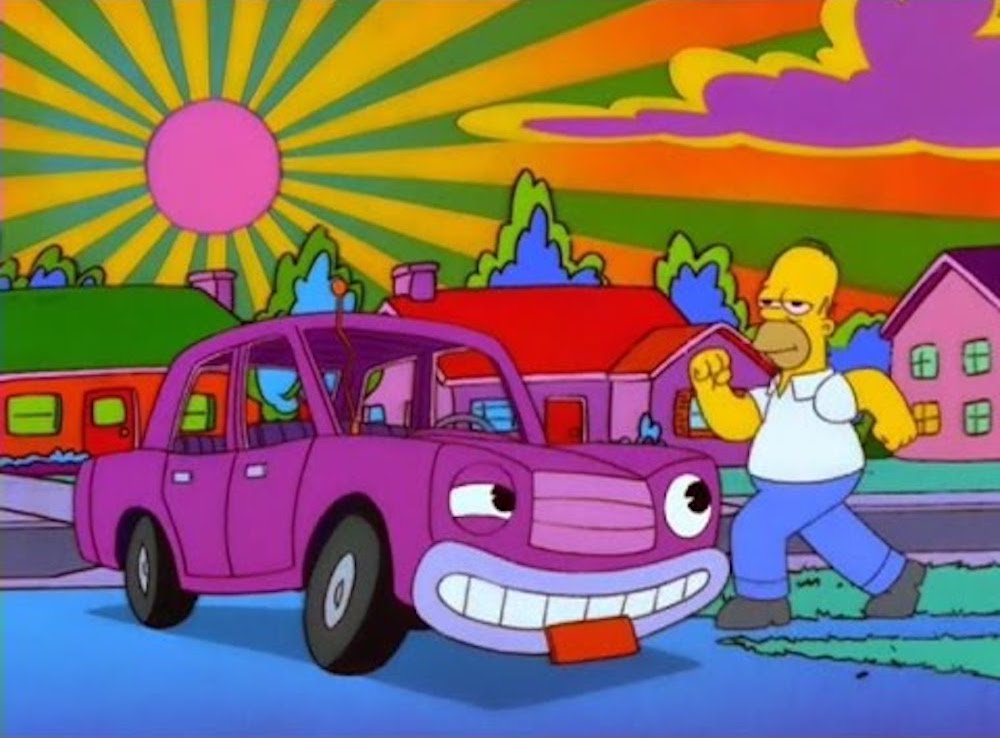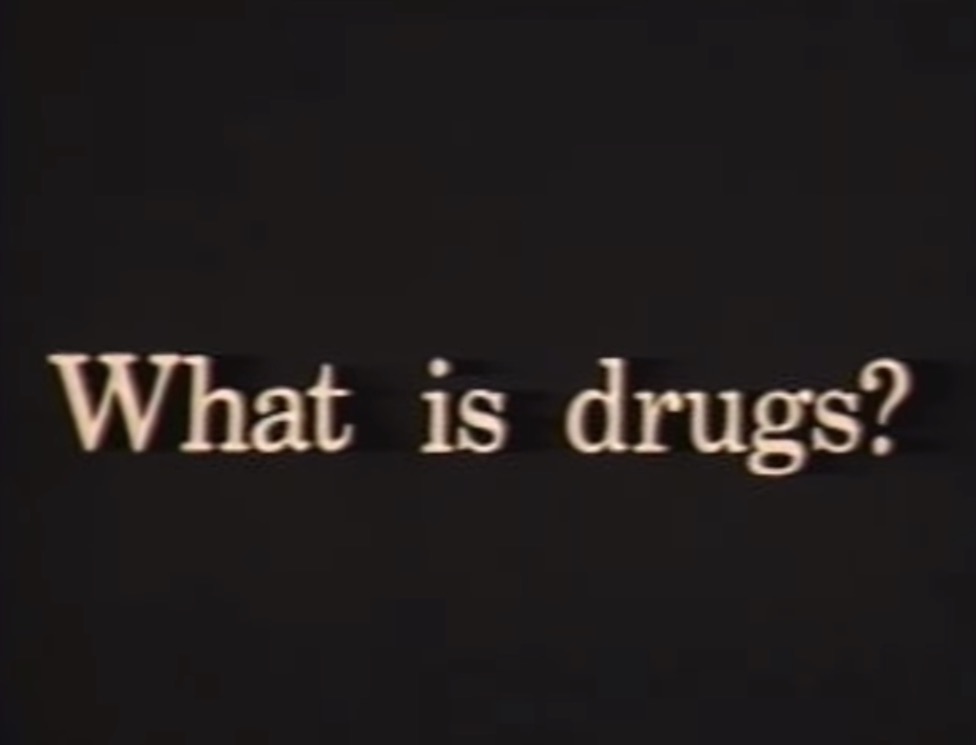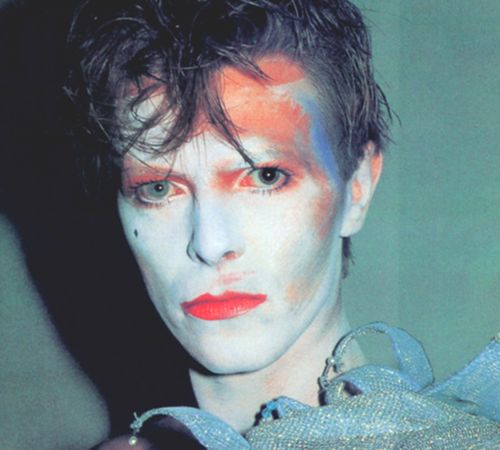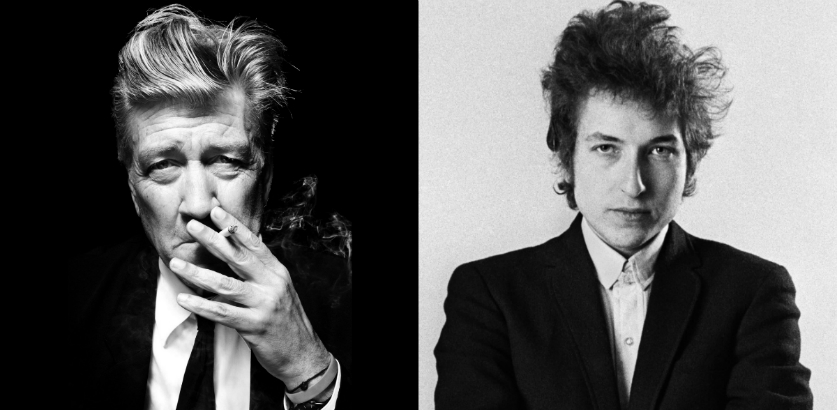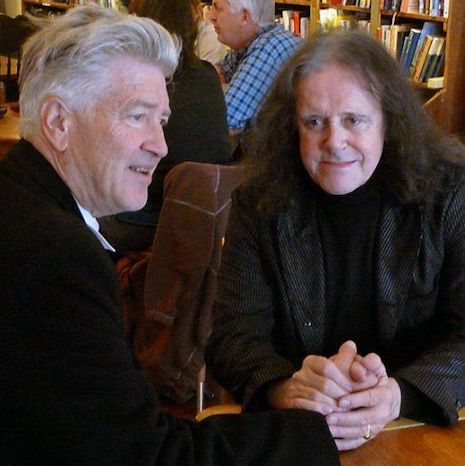
Christmas Evil is a psychological horror movie about a unstable man obsessed with Christmas. He becomes increasingly unhinged over the course of the film, eventually donning a Santa Claus costume to deliver toys—and kill. First screened in 1980, Christmas Evil is a high quality B-movie, and has developed a much deserved cult following over the years. Its most famous supporter is John Waters
is a psychological horror movie about a unstable man obsessed with Christmas. He becomes increasingly unhinged over the course of the film, eventually donning a Santa Claus costume to deliver toys—and kill. First screened in 1980, Christmas Evil is a high quality B-movie, and has developed a much deserved cult following over the years. Its most famous supporter is John Waters , who’s been a vocal fan of the film for decades. Lewis Jackson, the writer/director of Christmas Evil, credits Waters with both the picture’s revival and his own re-embracing of a project he had put so much into decades prior, before it all slipped from his grasp.
, who’s been a vocal fan of the film for decades. Lewis Jackson, the writer/director of Christmas Evil, credits Waters with both the picture’s revival and his own re-embracing of a project he had put so much into decades prior, before it all slipped from his grasp.
Filming of Christmas Evil largely took place during the November-December 1979 holiday season, a moment Jackson had been preparing for for some time. He first came up with the idea for the film after he smoked a joint and saw an image of Santa Claus holding a knife.

Jackson worked for years on the script, and envisioned a mainstream, big budget movie. While Hollywood liked his finished script, they felt the concept was just too strange. Jackson did secure a modest $450,000 to shoot the picture—a budget he would ultimately exceed by $400,000.
For the crucial lead role of Harry Stadling, Jackson had met with a number of famous actors, including Peter Boyle, but they all passed on the project. Jackson was then introduced to a little-known actor who was primarily a Broadway performer. This was Brandon Maggart.
I met him, and I saw something. It was a gamble, because basically his looks were not like a movie star. But he brought something to it. When I look back now, there were some moments with him in the screen test where you see the performance completely whole. He brought that musical comedy quality to it. It comes from another place. It’s off kilter. It appealed to me. I cast him and we started shooting a couple of days later. (from Regional Horror Films, 1958-1990: A State-by-State Guide with Interviews )
)
Maggart’s the father of singer/songwriter Fiona Apple , who was three years old when Christmas Evil was released.
, who was three years old when Christmas Evil was released.
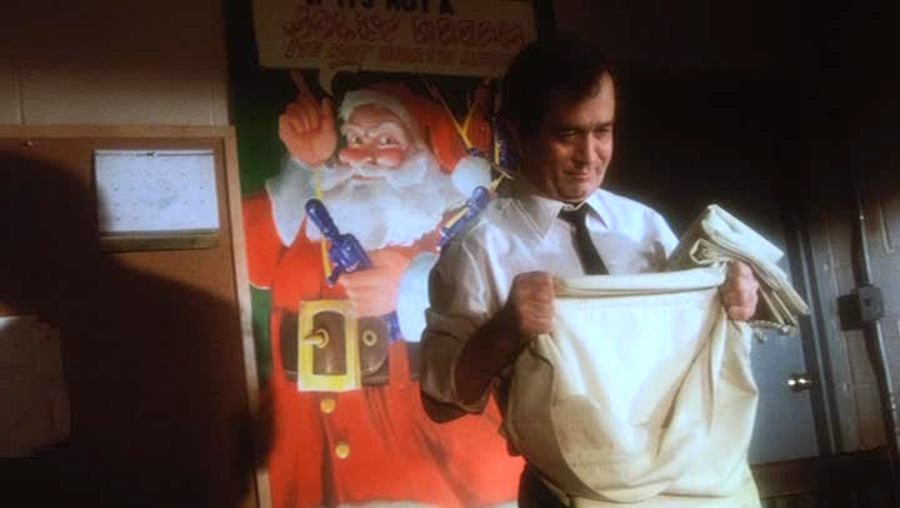
In the opening minutes of Christmas Evil, we see Harry, as a child, witnessing a sexually-charged exchange between his mother and father—who’s dressed as Santa Claus—which greatly disturbs the boy. The film then fast-forwards to the present, in which an adult Harry is preoccupied with Christmas, and either thinks he is, or wants to be, Santa. He spies on neighborhood children, noting whether they are “good” or “bad.” At the same time, he maintains a job at a toy factory, seeming to live a normal life to those around him, but privately becoming more and more crazed. It’s all very creepy and unnerving.

On November 6th, 1980, an advance screening of what Jackson was then calling You Better Watch Out took place at a theater in Pittsburgh. “It’s about the myth of Santa Claus as he was known in the 19th century,” Jackson told The Pittsburgh Press, describing his film. “He was regarded then as a moral arbiter, a figure to denote good and band. The idea was: Be good or Santa will bring you something bad.” He also equated it to a fairy tale, in which “violent and lovely things,” as well as “horrible and fantastic” events occur.
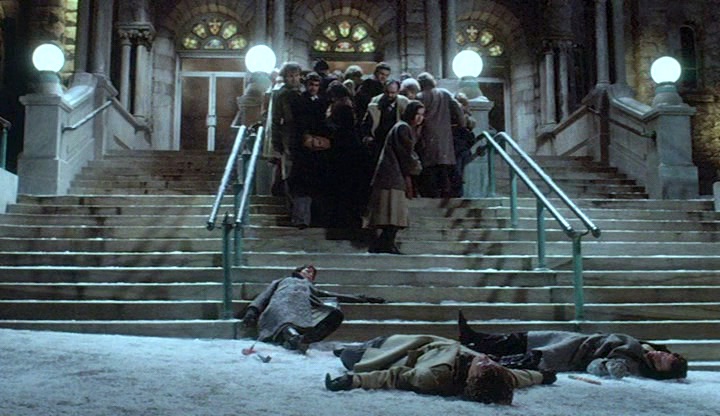
Though he had to work with a smaller budget, Jackson found that because there wasn’t as much at stake, financially, he was able to stick to his vision—for the most part. He did lose some control over the final edit, and the title was changed. Jackson didn’t realize it would be called Christmas Evil until he was a handed a poster with that title.
Christmas Evil was the first film to depict Santa Claus as a killer, and there were expectations that the movie would be a slasher, in the spirit of Halloween . But the movie is really a character study, with the pacing of an art film, and the first murder doesn’t take place for a while. Horror ‘zine writers, who were expecting gore—and lots of it—were disappointed. After a bunch of negative reviews and just a few screenings, Christmas Evil faded away.
. But the movie is really a character study, with the pacing of an art film, and the first murder doesn’t take place for a while. Horror ‘zine writers, who were expecting gore—and lots of it—were disappointed. After a bunch of negative reviews and just a few screenings, Christmas Evil faded away.

One viewer who totally understood the film was John Waters, who first saw Christmas Evil in a Baltimore theater. When it came out on VHS, Waters would screen the picture during his Christmas parties. In the “Why I Love Christmas” chapter in his 1987 book, Crackpot: The Obsessions of John Waters , the Pope of Trash unironically praises Christmas Evil, writing that it’s the “best seasonal film all time,” and a “true cinematic masterpiece,” adding, “I wish I had kids. I’d make them watch it every year and if they don’t like it they’d be punished.”
, the Pope of Trash unironically praises Christmas Evil, writing that it’s the “best seasonal film all time,” and a “true cinematic masterpiece,” adding, “I wish I had kids. I’d make them watch it every year and if they don’t like it they’d be punished.”
Much more after the jump…

